Reusing materials and industrial items is emerging as a central strategy for companies seeking to reduce costs, cut emissions and build resilience. This article examines the scale of material flows, the business models that enable reuse, barriers and policy signals shaping uptake, with expert references and case examples.
Introduction
As global material extraction and waste volumes climb, businesses are increasingly turning to reuse of materials and industrial items as a route to both environmental performance and long-term commercial resilience. Reuse spans a wide set of practices, from remanufacturing machine parts to redistributing surplus industrial components and designing products for multiple lives. Advocates say reuse reduces dependence on virgin inputs, lowers lifecycle emissions and creates new revenue streams. Critics point to technical, regulatory and market barriers that can limit scale.
The scale of the materials challenge
Global material use has grown rapidly in recent decades. The United Nations Environment Programme and the International Resource Panel have documented a dramatic rise in global material extraction and consumption since 1970, with resource use increasing several-fold and continuing to expand in many parts of the world. The United Nations' International Resource Panel's Global Resources Outlook summarizes these trends and their environmental consequences.
Waste generation is likewise on the rise. The World Bank's 'What a Waste 2.0' dataset estimates global municipal solid waste at around 2.01 billion tonnes in 2016 and projects a roughly 70% increase by 2050 in a business-as-usual scenario, reaching about 3.4 billion tonnes per year unless policies and technologies shift demand and disposal patterns (World Bank: What a Waste).
Plastics, metals, concrete, glass and textiles together form significant portions of these flows. For some material classes the current recycling performance remains low: for example, academic reviews and industry analyses show that only a small fraction of all plastic produced to date has been recycled into equivalent-quality products, a point highlighted by the Ellen MacArthur Foundation and primary scientific literature (Ellen MacArthur Foundation: Plastics; Geyer, Jambeck & Law, Science, 2017).
What reuse means in an industrial context
The term 'reuse' covers a spectrum of practices and business models. Broadly, reuse can be understood along three related pathways:
- Product-level reuse and refurbishment: extending the operational life of equipment, components or consumer goods through repair, refurbishment or resale.
- Remanufacturing: returning used products to a like-new condition, often to original equipment manufacturer (OEM) specifications.
- Materials recirculation and industrial symbiosis: keeping material fractions in productive use without being downcycled, including reuse of industrial by-products between companies.
The Ellen MacArthur Foundation, a leading circular economy think tank, offers a succinct working definition: 'A circular economy is an industrial system that is restorative or regenerative by design' (Ellen MacArthur Foundation: Circular Economy Concept). Within that framework, reuse is an upstream priority because it preserves product value and embodied energy.
Business models that enable reuse
Several business models have emerged that put reuse at the center of operations:
- Asset-as-a-service (servitization): firms retain ownership of equipment and provide functionality as a service, incentivizing durable, maintainable design and return of assets for reconditioning.
- Take-back and reverse logistics: structured systems for recovering used products from customers to enable refurbishment or remanufacture.
- Remanufacturing programmes: OEMs or specialized firms rebuild parts—such as engines, gearboxes, industrial pumps—to like-new specifications.
- Industrial symbiosis networks: geographically proximate companies exchange residuals such as heat, feedstock or by-products to reduce raw-material inputs.
Industry examples illustrate these models. Multinational heavy-equipment manufacturers run remanufacturing programs for engines and parts to serve fleet customers at lower cost and reduced lead times than new builds, while technology companies experimenting with modular designs and service models aim to keep hardware in use longer.
Economic and environmental benefits
Proponents of reuse argue it can generate measurable economic value. A frequently cited estimate from consulting studies suggests that circular models could unlock trillions in economic opportunity. Accenture's analysis on circular business models has estimated tens of trillions of dollars of value over coming decades when upstream and downstream effects are considered; one oft-cited figure from Accenture and partner studies places potential global economic benefits in the trillions by 2030 (Accenture: Circular Advantage).
Beyond topline economic arguments, reuse reduces pressure on primary resources. For material- and energy-intensive sectors—metals, cement, chemicals—keeping components and high-quality material fractions in productive cycles reduces demand for virgin ore and the associated energy and carbon emissions. Several policy and research institutions have quantified the climate co-benefits of circular interventions across product value chains; while the precise emissions reductions vary by sector and scenario, many analyses point to significant mitigation potential alongside resource and cost savings (McKinsey & Company: Sustainability Insights).
Barriers to scaling reuse
Despite benefits, adoption of reuse and remanufacturing at scale faces practical barriers:
- Design and compatibility: many products are designed without disassembly or repair in mind, limiting the technical feasibility of reuse.
- Quality assurance and standards: customers and regulators often expect documented performance guarantees; establishing confidence in reused items can require technical testing and warranties.
- Regulatory and liability frameworks: safety rules, certification regimes and product liability rules in some jurisdictions create uncertainty for reused components, particularly in regulated sectors such as medical devices or aerospace.
- Economic and accounting incentives: traditional accounting treats assets and waste in ways that can penalize reuse initiatives, and procurement practices may favour lowest upfront cost over lifecycle value.
- Logistics and traceability: reverse supply chains and product tracking add complexity and cost, especially when items travel across borders or involve many stakeholders.
Research and policy analyses identify these obstacles as priorities for intervention. For example, the European Commission's circular economy package emphasizes design for repair and the need for product information to support reuse and repair markets (European Commission: Circular Economy).
Policy signals and regulatory developments
Policymakers are increasingly treating reuse as part of industrial and environmental strategy. The European Union's Circular Economy Action Plan includes measures aimed at fostering design for durability, reparability and recyclability, and sets out the concept of 'digital product passports' to improve traceability of materials and components (EU: Digital Product Passports).
National-level initiatives vary. Some countries incentivize remanufacturing through subsidies, standards or public procurement that values lifecycle impacts. At the international level, forums such as the World Economic Forum and the OECD have flagged circular practices, including reuse and remanufacturing, as important to decoupling economic growth from resource use (World Economic Forum; OECD).
Technology enablers
Digital and manufacturing technologies can lower the transaction costs of reuse:
- Product passports and databases provide provenance and technical history that are essential for accepting reused components.
- Internet of Things (IoT) sensors enable condition-based maintenance and provide data to justify refurbishment.
- Advanced diagnostics and additive manufacturing allow for targeted replacement of worn subcomponents, extending overall asset life.
- Blockchain and secure ledgers are being piloted to maintain tamper-proof records of material and component histories across multiple owners.
These technological enablers are visible in pilot projects across sectors—manufacturing, automotive, electronics and construction—where traceability and diagnostics are prerequisites for trust in reused goods.
Financing, markets and scale-up dynamics
For reuse models to scale, secondary markets for components and materials must be transparent, liquid and trusted. That requires standards, third-party verification and often up-front investment in reverse logistics and testing facilities. Investors and financiers are beginning to recognize the lower resource price volatility and circular revenue streams as attractive in some sectors, but financial products tailored to reuse businesses remain limited compared with traditional lending.
Public procurement that values circular metrics is one lever to create stable demand. Some industry groups also report that internal incentives—reducing downtime and tolls on supply chains—make remanufacturing an attractive option for large fleet operators and industrial users.
Workforce and skills implications
Scaling reuse changes the skills mix needed in industry. Remanufacturing, refurbishment and reverse logistics require technicians skilled in diagnostics, repair and quality assurance. Policymakers and companies must invest in training and certifications to ensure a reliable pipeline of workers with those competencies. The International Labour Organization and other groups emphasise the need for a 'just transition' approach that supports workers through reskilling as industries shift to circular models (International Labour Organization: Green Jobs).
Case studies and illustrative examples
Several corporate and regional examples demonstrate the variety of approaches and outcomes.
- Remanufacturing in heavy equipment: Large manufacturers operate remanufacture programs that reclaim cores, recondition components and resell them with warranty. These programs target fleet operators who benefit from lower cost-of-ownership and shorter lead times.
- Building materials reuse: Some construction firms and circular-material marketplaces specialize in salvaging doors, fixtures and structural elements for reuse in new projects, reducing demand for new materials and avoiding demolition waste.
- Industrial symbiosis hubs: Regional industrial parks in several countries have formalized by-product exchanges; where implemented, these networks reduce raw material inputs and disposal costs for participating firms.
While these examples show promise, researchers caution that scalable impact requires systemic shifts in design, procurement and regulation.
Expert perspectives
The Ellen MacArthur Foundation frames reuse within its broader circular agenda: 'A circular economy is an industrial system that is restorative or regenerative by design' (Ellen MacArthur Foundation), emphasizing that reuse of products and parts retains value and avoids the need for energy- and carbon-intensive primary production.
Policy analysts at the World Bank and the International Resource Panel identify rising waste and material demands as central challenges for urbanization and development planning, arguing that reuse and improved resource efficiency will be necessary to achieve sustainable development goals (World Bank: What a Waste; International Resource Panel).
Consultancies that analyze corporate strategy highlight the commercial incentives: firms that internalize lifecycle costs and service-based revenue streams can reduce exposure to raw material price volatility and build differentiated offerings for clients in sectors that value lower total-cost-of-ownership (Accenture: Circular Advantage).
Paths forward: policy, corporate practice and research needs
Scaling reuse will require coordinated action across several domains:
- Design standards that make products easier to disassemble, test and remanufacture.
- Procurement practices that value lifecycle benefits and accept certified reused components.
- Investment in reverse logistics and testing infrastructure to reduce transaction costs of reuse.
- Regulatory clarity on liability and safety that enables reuse in more sectors without compromising consumer protection.
- Data systems—such as digital product passports—that provide provenance and condition histories.
Research priorities include improving measurement of the true environmental footprints of reuse vs. recycling and virgin production, evaluating economic case studies across sectors, and piloting standards that create transferable quality assurance for secondary components.
Conclusion
Reusing materials and industrial items presents an evident opportunity for businesses to reduce resource dependency, cut lifecycle emissions and unlock new economic value. While the potential is significant, realizing it at scale requires changes in product design, procurement practices, regulatory frameworks and investment in reverse logistics and traceability systems. Policy signals from regional blocs and pilot programmes from industry demonstrate that reuse can move from niche practice to core strategy, but roadblocks remain. Addressing them will involve co-ordination across public and private actors, targeted finance and a workforce equipped with the skills to maintain, remanufacture and certify reused goods. As global material demand continues to rise, reuse will be a central thread in efforts to decouple economic activity from raw-material extraction and waste generation.
Disclaimer: This article is based on publicly available information and does not represent investment or legal advice.

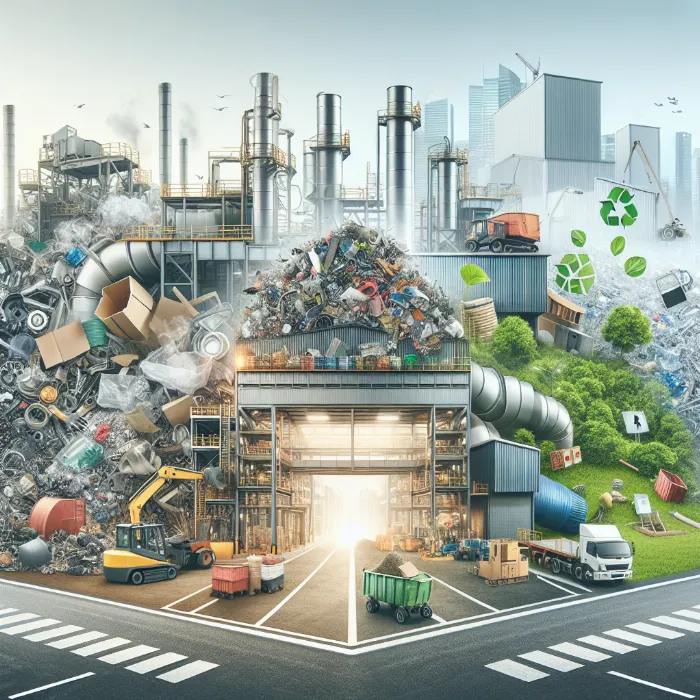


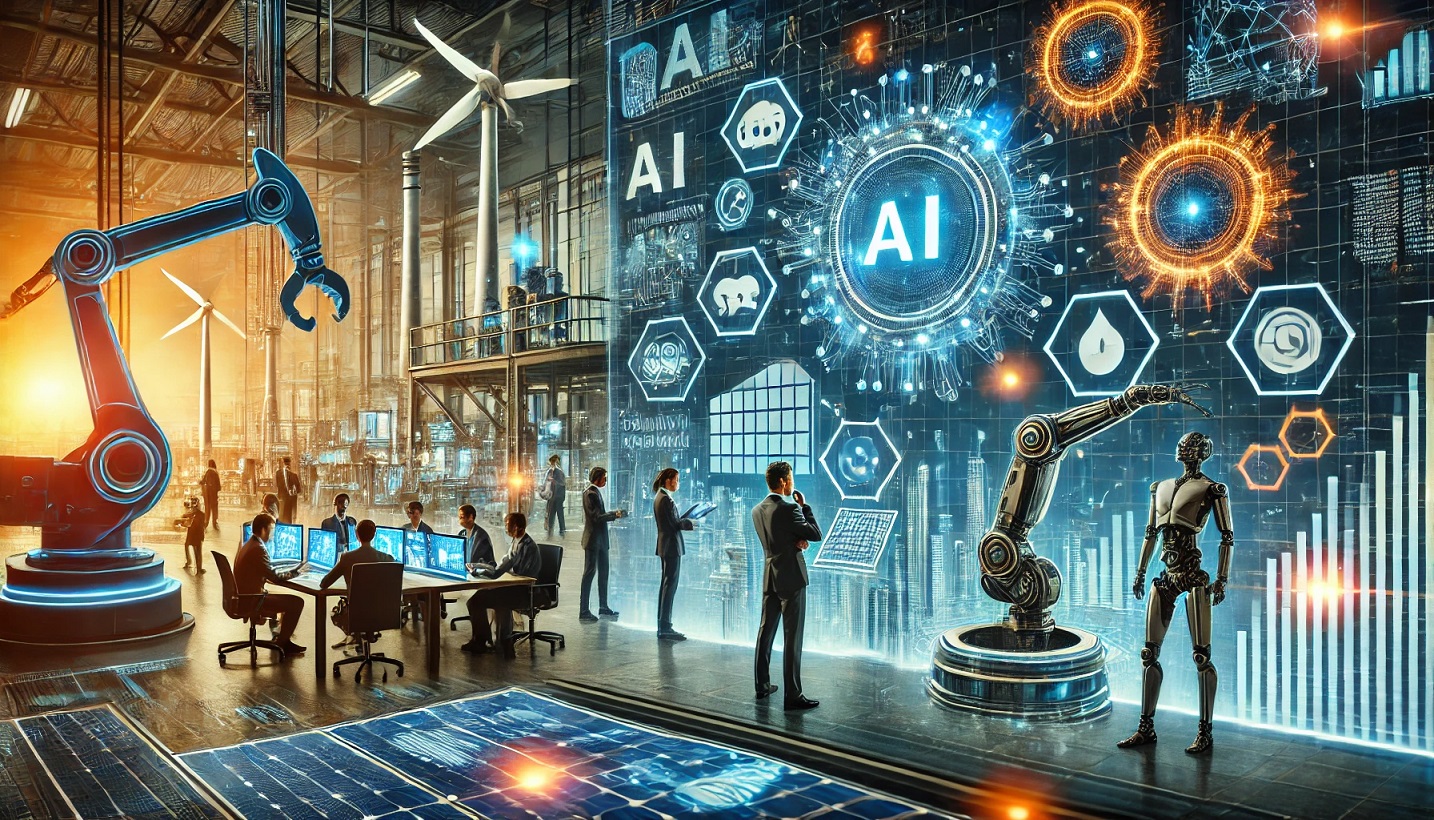
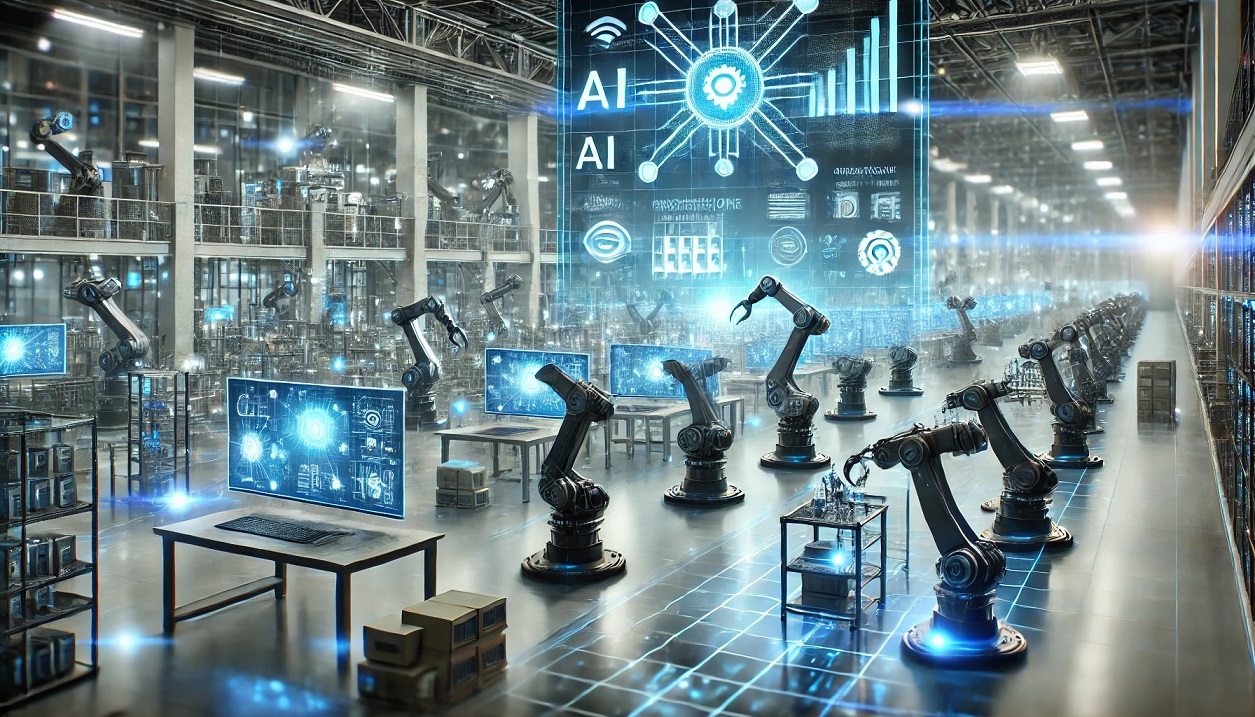
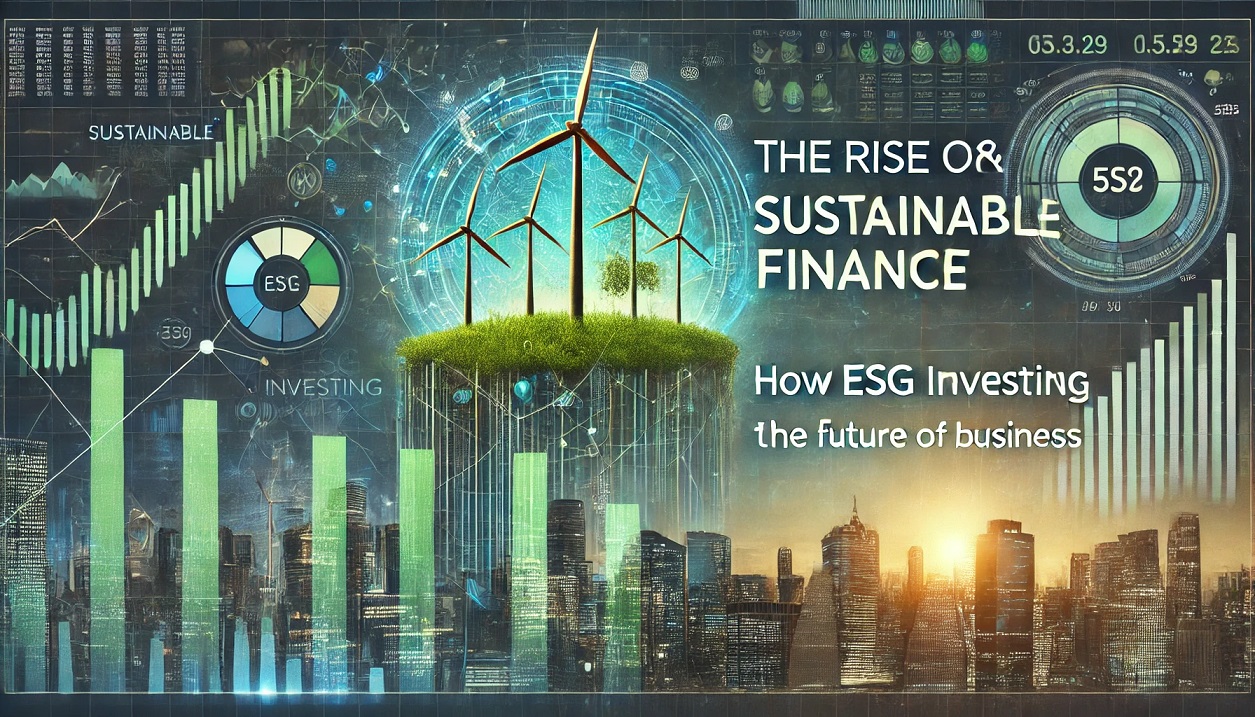

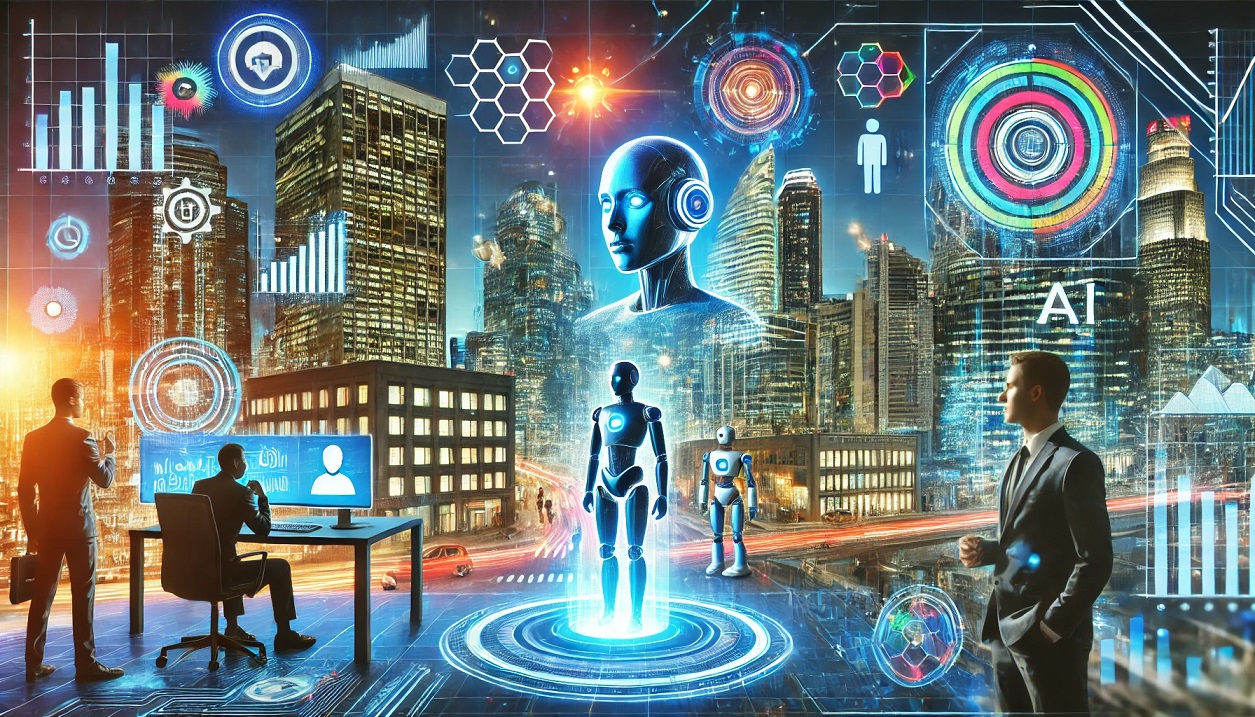
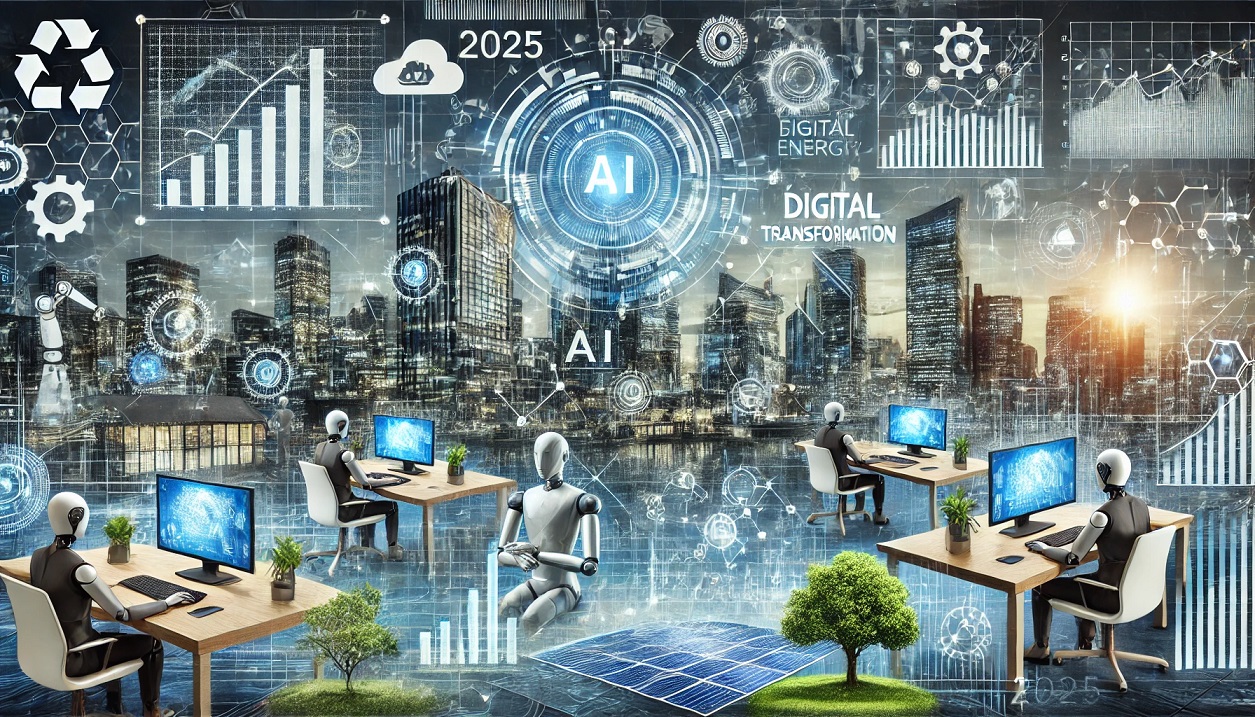

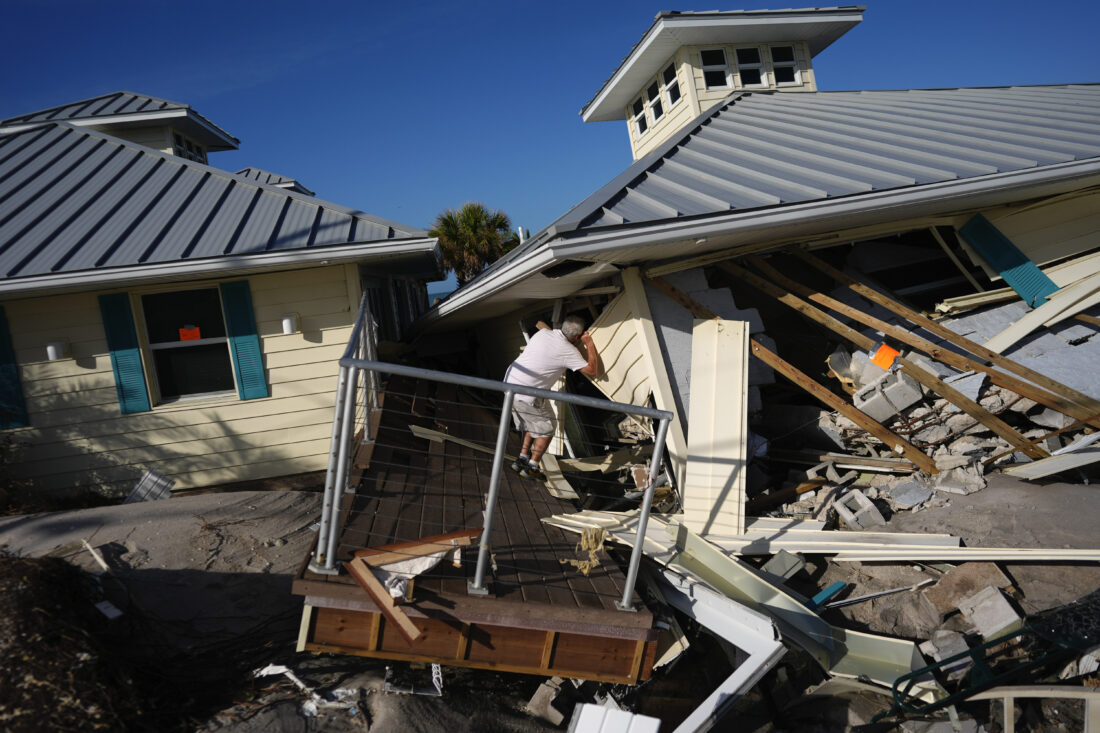


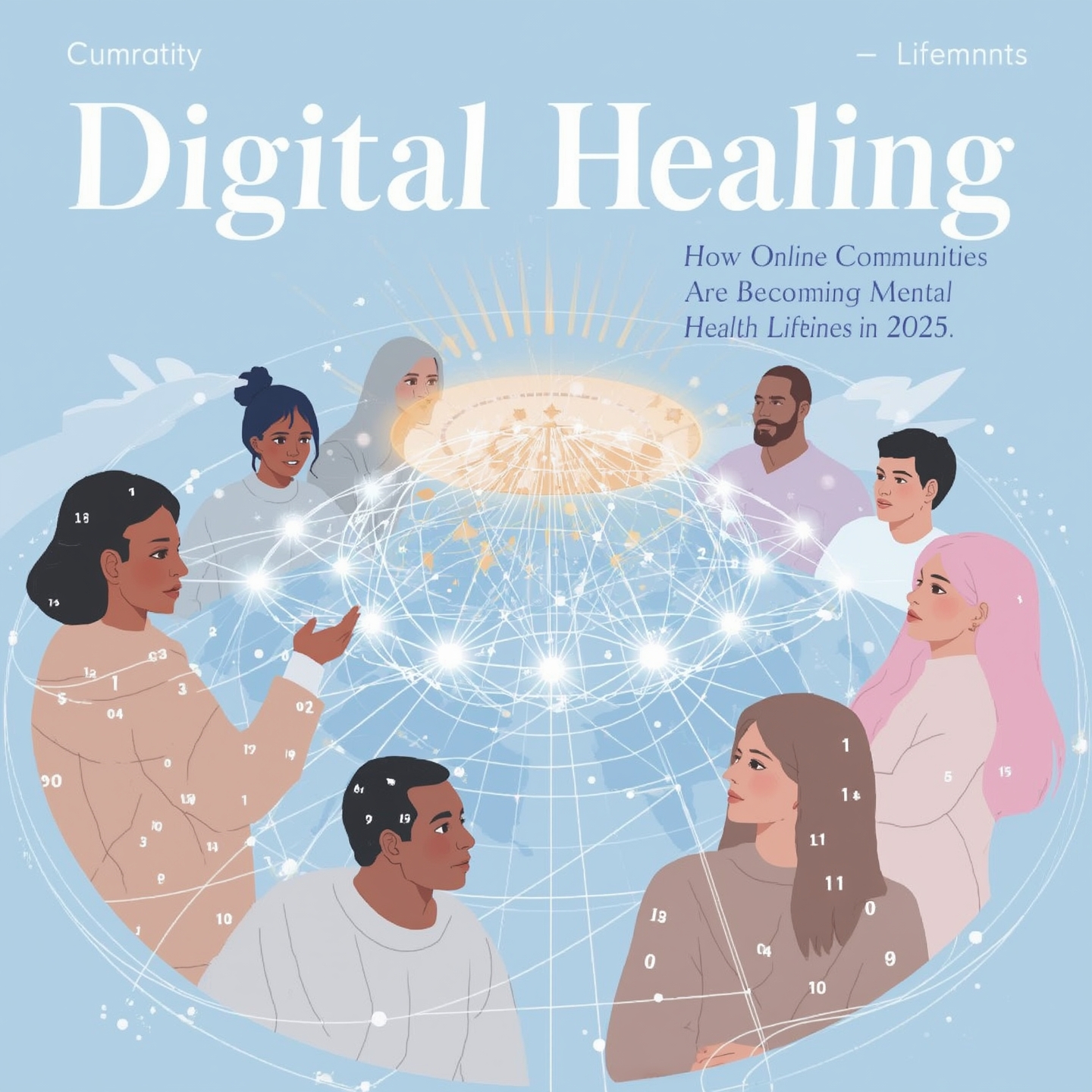


Comments 0